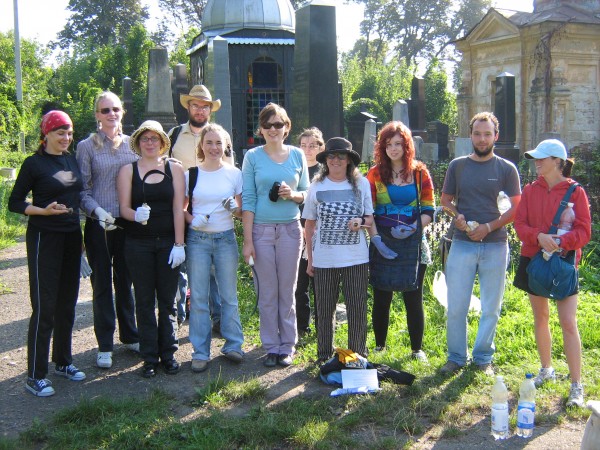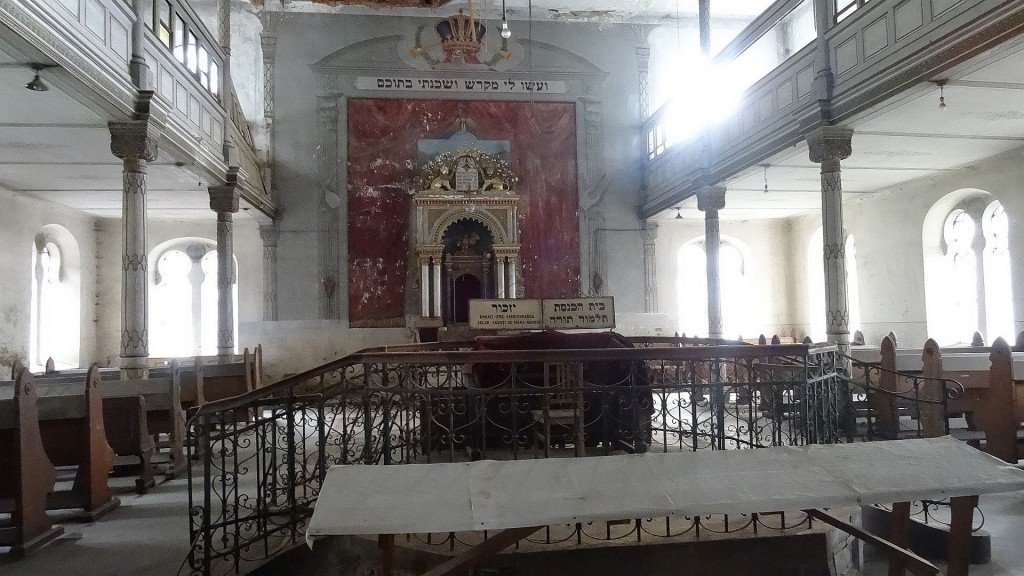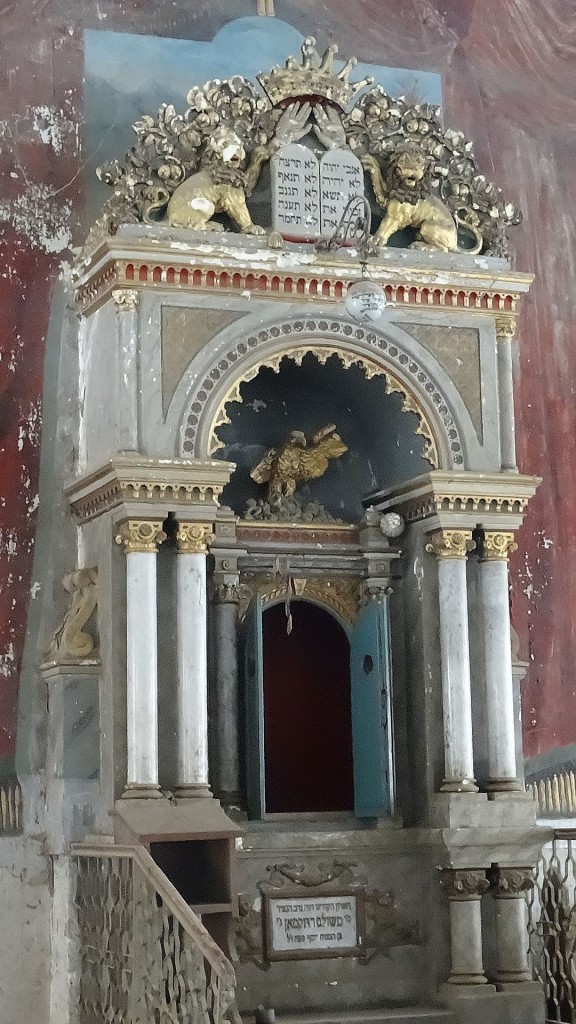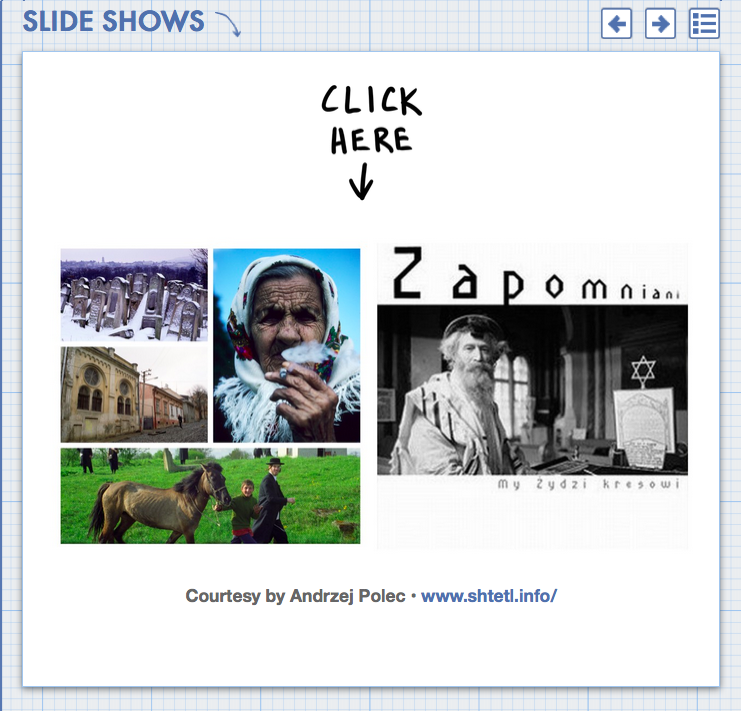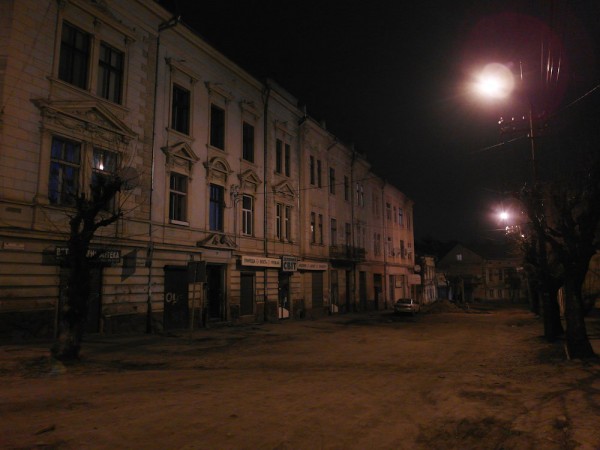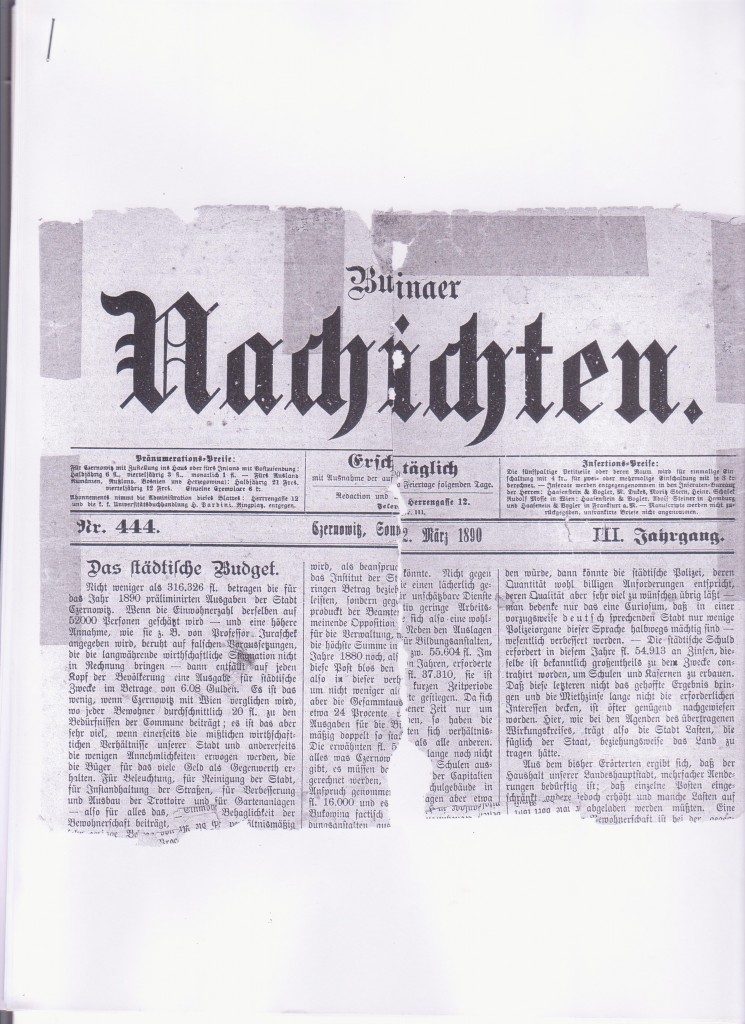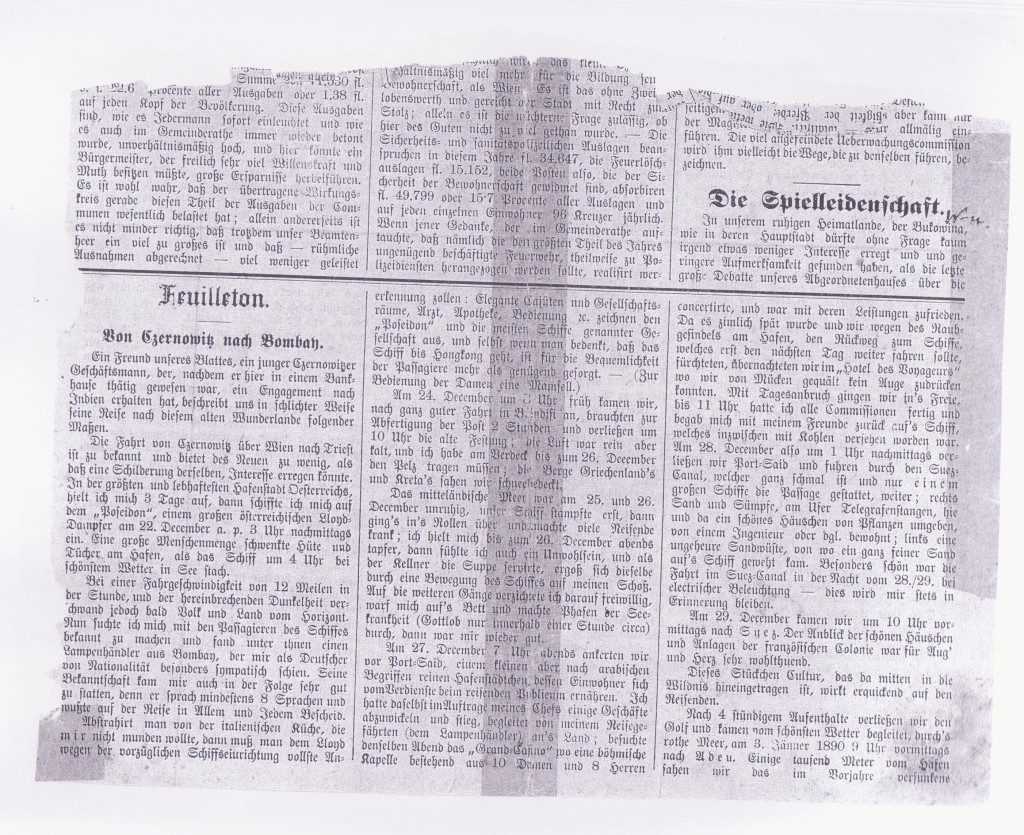Tag Archives: Travel log
Plain-Talking: Radio Free Europe on (a) Vanished World
Volunteers at the Czernowitz Jewish Cemetery in 2008
On behalf of Joanna Liss: “This is a photo of the original group that worked in the cemetery in 2008, organized by Mimi Taylor and Christian Hermann. I’m the one in the black and white Escher t-shirt. The reason I am posting it now is because a few days ago I met up with Clare Fester, the redheaded woman next to me, in Boston. We hadn’t seen each other since the project. Clare is Australian. She became interested in learning Yiddish after we had the wonderful opportunity to attend a part of the Yiddish conference in Czernowitz while we were there. It was on the 100th anniversary of the original Czernowitz Yiddish conference in 1908.
Since then, Clare has become proficient in Yiddish, created her own major in Yiddish studies, has studied in Belarus and Lithuania, and also at the Yiddish Book Center in Massachusetts. She works for a Jewish organization that organizes Yiddish culture trips. She was in Boston attending a Jewish culture conference (and then meeting her mom and sister in New York, where they plan to visit Ellis Island, see Fiddler on the Roof, etc.).
What makes this all the more remarkable is that Clare isn’t Jewish, nor were any of the other participants in the group, other than me. One of the other group members, Katharina from Germany, wound up doing her thesis on Czernowitz. Another, Sophie from France, has worked for the UN. I am proud to have been a part of this remarkable and diverse group, and so glad that the cemetery project continues on.”
Vatra Dornei Synagogue in October 2015
Photos by Friedrich J. Ortwein http://www.ortwein-koeln.de/index.html
Memory Treatment and Urban Planning in L’viv, Chernivtsi, Chisinau and Wroclaw
Click here for accessing the Research Project Memory of Vanished Population Groups in today’s East-Central European Urban Environments.
Click here for dowloading the brochure „What is to be remembed?“ on Chișinău [p. 6-16], Czernowitz [p. 16-30], Lemberg [p. 30-49], Wroclaw [p. 49-62].
Click here for downloading Leo Spitzer’s brochure “Connective Memories: Dreams, Mediascapes, Journeys of Return”
Czernowitz, Bukowina and Beyond – A Photo Series by Andrzej Polec
The Mixture of Peoples in Bukowina
Wissenschaftliche Beilage der Leipziger Zeitung
N° 87. Donnerstag, den 23. Juli 1891
Im Völkergemisch der Bukowina.
Ethnographische Studien von Fritz Racher.
Nach der Geschäfte Drang und Mühen winkt endlich wieder ein freier Tag, den ich dazu benütze, meine Kenntnisse von Land und Leuten zu bereichern, und dierin bietet wohl kaum ein Ländchen der Erde vielseitigere Gelegenheit, als das Land der grünen Buchen, die gesegnete Bukowina. An einem herrlichen Morgen besteigen wir den flinken Zauberwagen, der uns in Zeit von wenigen Stunden das Leben und Treiben 10 verschiedener Volksstämme vor Augen zu führen im Stande ist, möge mich der freundliche Leser auf dieser Rundfahrt begleiten. Das Gefährt rollt in nördlicher Richtung von dannen, Schloß und Dorf Waszkoutz [Vășcăuți: 47.9692655,26.022749] liegen bald fern hinter uns, der Weg schlängelt sich durch die Weidenbrüche des Sereth, die diesen Fluß auf seinem ganzen Laufe in weiter Ausdehnung umrahmen, und in einen eigenartigen Landschafts-Charakter sehen wir uns da versetzt. Continue reading
Ulrich Gansert’s Bukovina Winter Journey December 2014
Czernowitz – Jewish City of German Language
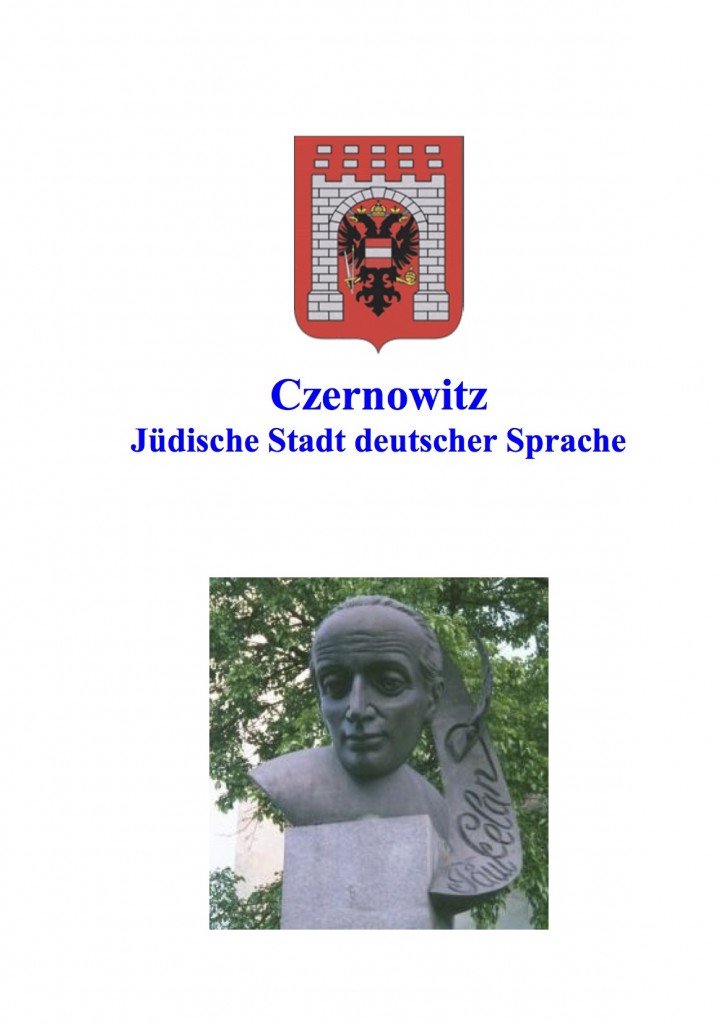 Click on the front cover for a – free – copy of Friedrich J. Ortwein’s book!
Click on the front cover for a – free – copy of Friedrich J. Ortwein’s book!
Friedrich J. Ortwein: “Up until now, I was profoundly convinced, that the love and the devotion of the citizens of Cologne to their home town, the antique CCAA (Colonia Claudia Ara Agrippinensium), one of the Daughters of Rome and free imperial city, cannot be exceeded by anybody in the world. But during the travel preparations for our journey to Galicia and Bukovina, when I came across the website of the Jews expelled from CZERNOWITZ, I had to reverse: The children and grandchildren of Czernowitzers, together with a few Holocaust survivors, have created a website containing a huge data volume and so they emphasize in an unique and inimitable way their love for the home country of their ancestors.
Forum members from all over the world, from the Americas, from Australia and South Africa, from Israel and Europe analyze, comment and swap ideas on events, research their genealogical roots, discuss and value rediscovered archival materials, enjoy old and new photos, exchange holiday and birthday wishes and all this happens in English with embedded German, Yiddish and Hebrew particles.”

